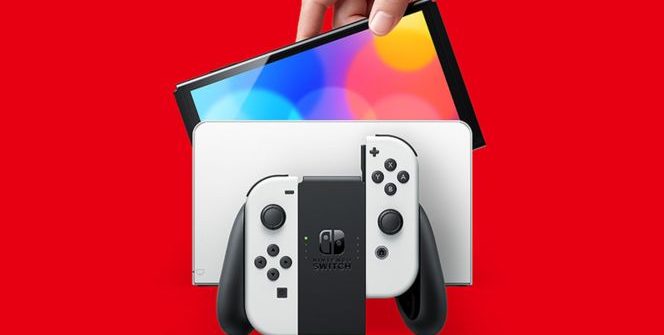With so many rumours surrounding a supposedly more powerful Nintendo Switch, it’s worth being skeptical about what the big N might be up to.
Nintendo Switch is a success. Very successful indeed. So much so that, despite coming out almost three and a half years later, it could overtake the PlayStation 4 in overall sales by the end of 2022. And that’s not a bad result, but let’s not forget that the big N’s platform is five and a half years old, and it’s time for a change. (Even the big failure Wii U didn’t survive that long after its launch in November 2012!)
On Reddit, followmeinside wrote that a developer on the Linux Kernel mailing list has already confirmed with a comment that Nvidia’s Tegra239 chip exists. That comment highlighted that the processor has eight cores. It has confirmed an older leak from Twitter, as kopite7kimi claims that the successor to the Nintendo Switch will use the T239 chip, which will be a customised version of Nvidia’s Orin chip.
The Tegra 239 is built on the Ampere architecture and features a GPU with 2048 CUDA cores. The processor is said to have 12 ARM Cortex-A78AE cores on the SoC (system-on-a-chip; this number is somewhat contradictory). It is also rumoured to support Nvidia’s deep learning supersampling (DLSS) and ray tracing technologies, as both are mentioned in the graphics API for the second-generation Nintendo Switch.
However, it isn’t official yet, but it’s time for Nintendo to start thinking about the future. Hopefully, they won’t make a mistake: the Nintendo Wii was incredibly popular (true, lower-quality, shovelware games did show up alongside the larger target audience), but the Wii U underperformed (which led to many Wii U exclusives getting Switch ports). We fear its successor will stumble again with the Switch’s decisive run. Let’s hope it doesn’t. If it does become portable, there won’t be another console from the big N (after all, the Switch replaced the 3DS, too).
Source: WCCFTech
















Leave a Reply